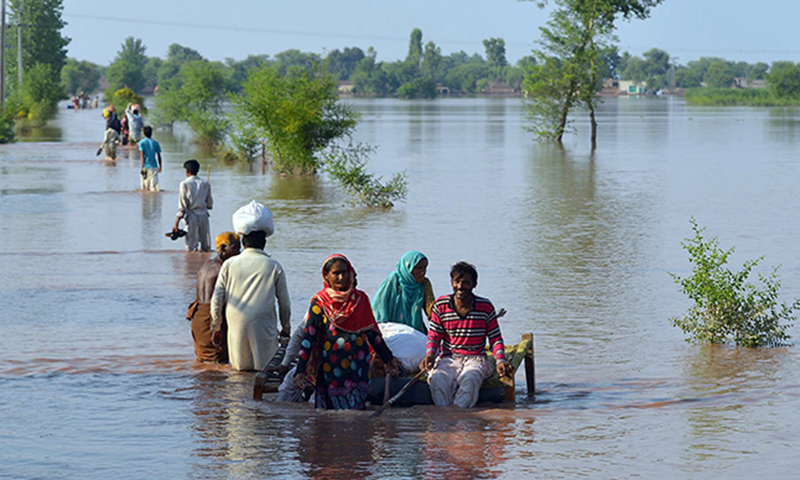Data from the Punjab Provincial Disaster Management Authority (PDMA) shows that most of Punjab were spared flood damage, but the southern parts of the province were hit hard, with both lives and buildings being lost.
On Thursday, the Provincial Disaster Management Authority (PDMA) said that the rescue operation in flood-affected areas of south Punjab had ended and that steps were now being taken to help the people who had been hurt.
Director General of the PDMA Faisal Fareed said in a statement that 75,719 people were moved to safer places.
There were 184 relief camps set up, but only 45 are still running.
The message went on to say that 139,043 households had received ration bags and that 19,225 plastic mats, 21,254 mosquito nets, and 65,576 cans of clean drinking water had also been provided.
Since June 15, the province has had torrential downpour and catastrophic flooding, killing 187 people and affecting 468,803 by the PDMA’s district-wise figures of damages.
Both Rajanpur and Dera Ghazi Khan were among the hardest impacted areas, albeit in different ways.
According to the most recent numbers (from August 29), a total of 436,253 people in the two regions were impacted.
Between June 15 and August 29, over 38% of the province’s total death toll was reported from these areas. Houses in these two areas accounted for 93.4% (93,000) of the 46,320 total damaged or destroyed homes.
Approximately 200,667 animals were lost in Rajanpur, making it the most devastated area. There were a total of 4,437 from the remaining 34 jurisdictions.
A total of 49 people have lost their lives in Dera Ghazi Khan, making it the worst-affected area. There may have been as many as 17,954 home losses.
Losses totaled 4,101 animals in DG Khan.
With 22 fatalities and 1,366 injuries, District Rajanpur ranked second highest overall. Yet it has the worst statistics in terms of infrastructure and animal loss: 25,314 homes damaged or destroyed, 200,667 livestock deaths and 88 kilometers of highways washed away.
To put it another way, 11 percent of the total population of the districts, or 223,415 persons, were impacted.










